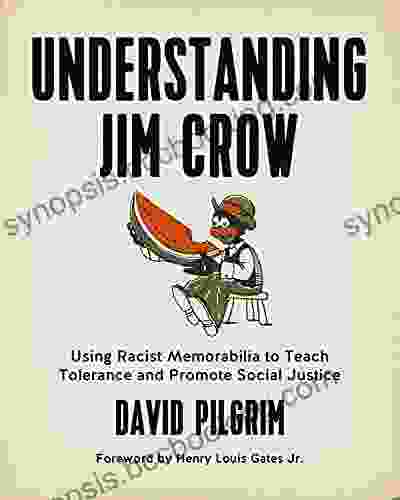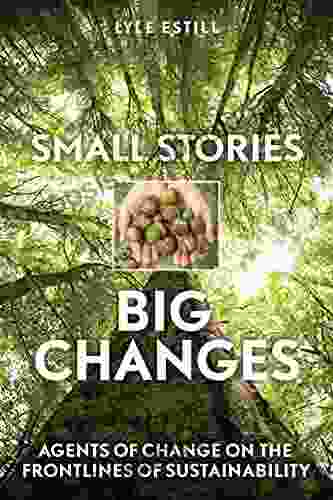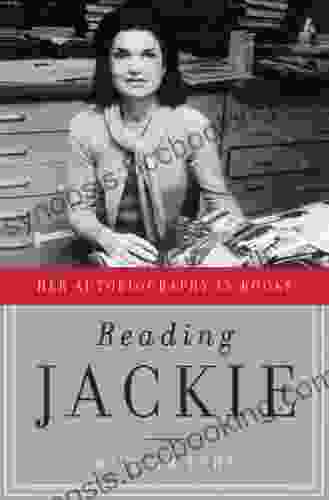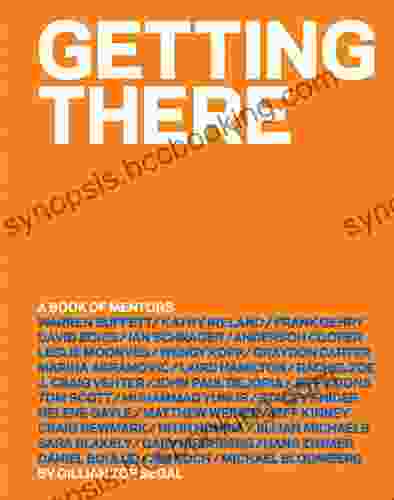Confronting History: Using Racist Memorabilia to Foster Tolerance and Social Justice

In the ongoing quest for racial equality and social justice, it is imperative to confront the vestiges of systemic racism that continue to permeate our society. One such vestige is the existence of racist memorabilia, artifacts that perpetuate hateful ideologies and glorify the horrors of the past. While some may argue that these items should be hidden away or destroyed, a growing movement believes that they can be powerful tools for teaching tolerance and promoting social justice.
The Power of Artifacts
Artifacts have the ability to evoke powerful emotions and connect us with the past in a tangible way. Racist memorabilia, in particular, can serve as a reminder of the horrors inflicted upon marginalized communities throughout history. By studying these artifacts, we can gain a deeper understanding of the roots of racism and its lasting impact on society.
4.8 out of 5
| Language | : | English |
| File size | : | 18771 KB |
| Text-to-Speech | : | Enabled |
| Screen Reader | : | Supported |
| Enhanced typesetting | : | Enabled |
| Word Wise | : | Enabled |
| Print length | : | 209 pages |
For example, a display of Jim Crow-era signs and segregationist laws can provide a visceral demonstration of the systemic oppression that African Americans faced in the United States. Similarly, examining Ku Klux Klan robes and propaganda can shed light on the depths of racism and violence that have plagued our country.
Challenging Perspectives
Racist memorabilia can also challenge our preconceived notions and force us to confront uncomfortable truths. By exposing students and the general public to these items in a controlled and educational setting, we can create a safe space for dialogue and critical thinking.
Teachers and museum curators can use racist memorabilia to facilitate discussions about the social and political context in which they were created. Students can analyze the historical events and ideologies that gave rise to these artifacts, and explore their implications for our present-day society.
Fostering Empathy and Understanding
Beyond their historical significance, racist memorabilia can also foster empathy and understanding among people of different backgrounds. By examining these artifacts, we can gain a glimpse into the experiences of those who have been subjected to racism and discrimination.
For instance, a collection of slave shackles and manacles can evoke a profound sense of empathy for the individuals who suffered under the horrors of slavery. By understanding the physical and emotional toll it inflicted, we can develop a deeper appreciation for the resilience of those who endured such adversity.
Promoting Social Justice
Ultimately, the use of racist memorabilia in education has a transformative potential. By confronting the past and challenging our perspectives, we can empower individuals to become agents of change and promote social justice.
Students who have been exposed to racist memorabilia are more likely to be critical of racism in its various forms. They develop a greater sense of empathy for marginalized communities and are more likely to advocate for their rights.
Moreover, the study of racist memorabilia can foster a sense of responsibility and accountability. By acknowledging the role of these artifacts in perpetuating racism, we can take steps to eradicate them from our society. This can include supporting legislation that bans the sale of hate speech paraphernalia, advocating for the removal of racist symbols from public spaces, and challenging racist attitudes in our personal interactions.
Ethical Considerations
It is important to note that the use of racist memorabilia in education must be done with great care and sensitivity. These artifacts should not be used to glorify or condone racism in any way. Instead, they should be presented in a context that emphasizes their historical significance and their role in perpetuating racism.
Educators and museum curators have a responsibility to use these artifacts in a manner that is respectful to the victims of racism and that does not further traumatize marginalized communities. They should also be prepared to answer difficult questions and facilitate thoughtful discussions about the artifacts and their implications.
In the fight for racial equality and social justice, every tool at our disposal must be considered. Racist memorabilia, while a disturbing reminder of our past, can also serve as a powerful force for good. By confronting these artifacts in a controlled and educational setting, we can challenge perspectives, foster empathy, and promote social justice.
It is through dialogue, critical thinking, and a willingness to confront our own biases that we can truly eradicate racism and create a more just and equitable society for all. Let us use the lessons of the past, embodied in these artifacts, to build a future where hatred and discrimination are consigned to the dustbin of history.
4.8 out of 5
| Language | : | English |
| File size | : | 18771 KB |
| Text-to-Speech | : | Enabled |
| Screen Reader | : | Supported |
| Enhanced typesetting | : | Enabled |
| Word Wise | : | Enabled |
| Print length | : | 209 pages |
Do you want to contribute by writing guest posts on this blog?
Please contact us and send us a resume of previous articles that you have written.
 Book
Book Novel
Novel Page
Page Chapter
Chapter Text
Text Story
Story Genre
Genre Reader
Reader Library
Library Paperback
Paperback E-book
E-book Magazine
Magazine Newspaper
Newspaper Paragraph
Paragraph Sentence
Sentence Bookmark
Bookmark Shelf
Shelf Glossary
Glossary Bibliography
Bibliography Foreword
Foreword Preface
Preface Synopsis
Synopsis Annotation
Annotation Footnote
Footnote Manuscript
Manuscript Scroll
Scroll Codex
Codex Tome
Tome Bestseller
Bestseller Classics
Classics Library card
Library card Narrative
Narrative Biography
Biography Autobiography
Autobiography Memoir
Memoir Reference
Reference Encyclopedia
Encyclopedia Smart Edition
Smart Edition Gerald R Allen
Gerald R Allen Gene Guarino
Gene Guarino Ksenia Gandin
Ksenia Gandin Theron Hopkins
Theron Hopkins Gary Orleck
Gary Orleck Ricky Smith
Ricky Smith Evanna Lynch
Evanna Lynch Leslie T Chang
Leslie T Chang Rosanne Parry
Rosanne Parry Denise Lewis Patrick
Denise Lewis Patrick Mayuri Saxena
Mayuri Saxena Gideon Labiner
Gideon Labiner Vikki Walton
Vikki Walton Kevin A Morrison
Kevin A Morrison Katharine Stewart
Katharine Stewart Mark Zwick
Mark Zwick Myles Munroe
Myles Munroe Pete Wilton
Pete Wilton George Robert Elford
George Robert Elford
Light bulbAdvertise smarter! Our strategic ad space ensures maximum exposure. Reserve your spot today!

 Graham BlairThe Easter Velociraptor: Discover the Fascinating World of Travis Warner's...
Graham BlairThe Easter Velociraptor: Discover the Fascinating World of Travis Warner's...
 Davion PowellUnleash the Power of Mythology with 'A Short History of Myth': Uncover the...
Davion PowellUnleash the Power of Mythology with 'A Short History of Myth': Uncover the... George BellFollow ·19.3k
George BellFollow ·19.3k Edgar Allan PoeFollow ·10.7k
Edgar Allan PoeFollow ·10.7k Gerald BellFollow ·9.9k
Gerald BellFollow ·9.9k Jackson BlairFollow ·9k
Jackson BlairFollow ·9k Jared PowellFollow ·2.4k
Jared PowellFollow ·2.4k Eliot FosterFollow ·11.3k
Eliot FosterFollow ·11.3k Jack PowellFollow ·2k
Jack PowellFollow ·2k John Dos PassosFollow ·8.3k
John Dos PassosFollow ·8.3k
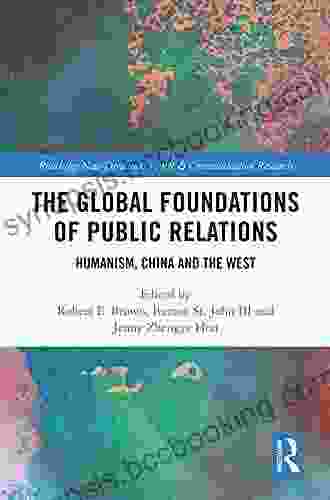
 Robert Heinlein
Robert HeinleinUnveiling Humanism in China and the West: A Journey...
In our rapidly...
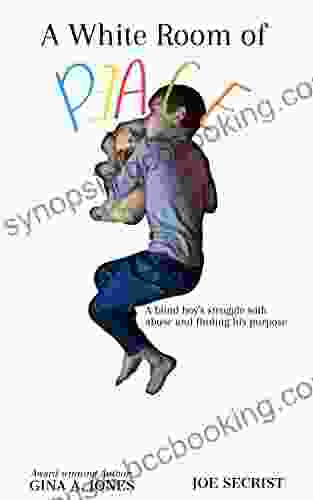
 Brian Bell
Brian BellBlind Boy's Unwavering Struggle Against Abuse and the...
In the tapestry of...

 Craig Carter
Craig CarterBuilding Wealth While Working for Uncle Sam: The Ultimate...
## ### Are you a federal employee who wants...
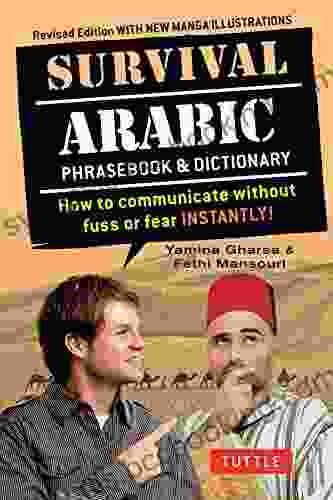
 Raymond Parker
Raymond ParkerUnveiling the Secrets of Arabic Survival: The Ultimate...
Embarking on a journey to unravel the...
4.8 out of 5
| Language | : | English |
| File size | : | 18771 KB |
| Text-to-Speech | : | Enabled |
| Screen Reader | : | Supported |
| Enhanced typesetting | : | Enabled |
| Word Wise | : | Enabled |
| Print length | : | 209 pages |


